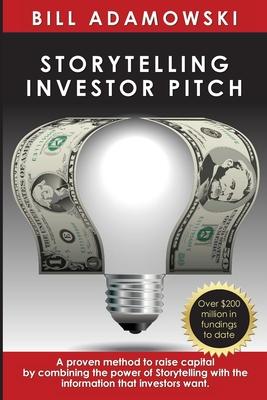I have been asked many times why I decided to write a book on putting together an investor pitch. There are countless articles, books, and opinion pieces on what an investor pitch should contain, so why do we need another one? Unfortunately, in my search of trying to find one to use in my classes, workshops, and accelerator programs, I could not find one that really did the job well enough. Yes, there are some great "templates" out there for an investor pitch. In fact, that is where all this started. I used the Sequoia Capital "template" from their company website and had my students use that to build their investor pitches. They did a great job using the template, filling in the details, and following instructions. Unfortunately, it did not result in a lot of fundings. It became apparent that the mere filling in a template with great information and numbers did not make for a great investor pitch. What was needed was something more memorable, more impactful, and more authentic.
Doing more research into the vast library of information out there, I noticed a common theme that kept coming up. Articles written by people who had raised money kept saying something to the effect of "use a great template, but make sure to tell your story." I then pulled up several of the investor pitches that I've written over the years and noticed that the ones I really liked--and the ones that got funded--all had great stories that were told as part of the pitch. I started to dissect what made them memorable and how to harness this newfound epiphany into something usable. That is what led to the development of the Storytelling Investor Pitch or SIP Method. The name is derived from the fact that we are integrating storytelling into the investor pitch, resulting in a powerful new method to create the best investor pitch possible.
